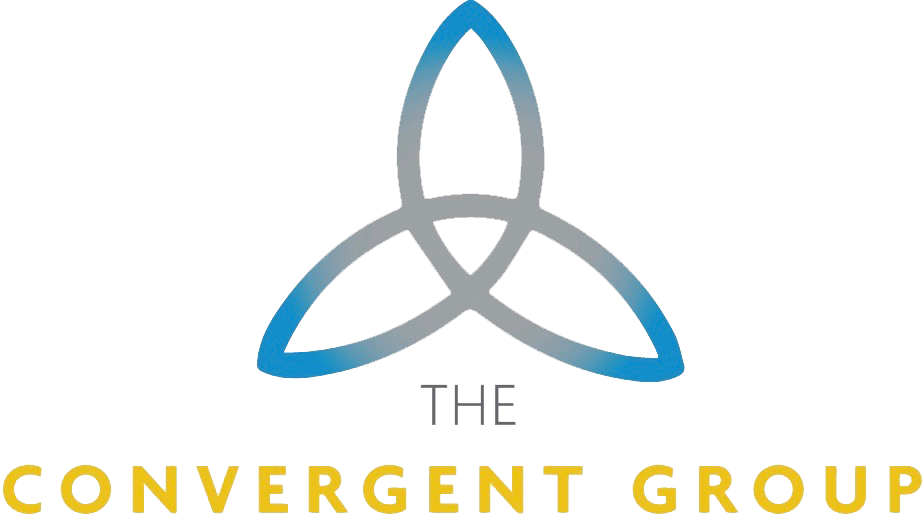The role of a Chief Experience Officer (CXO) has become increasingly important as companies recognize the value of delivering exceptional customer experiences to drive customer loyalty, advocacy, and long-term business success. Even if you don’t have someone wearing this official hat in your organization, you can ensure your employees have a customer-centric mindset.
Developing customer-oriented employees involves not only a corporate philosophy, but also training and support that prioritizes the needs and satisfaction of customers. Here are some steps you can take to foster a customer-centric culture among your employees:
- Clearly communicate your expectations by articulating your organization’s commitment to putting customers first. Ensure that all employees understand and embrace this vision.
- Hire employees with customer-focused traits. During the hiring process, look for candidates who possess strong communication skills, empathy, problem-solving abilities, and a genuine interest in serving customers.
- Provide comprehensive customer service training. Implement training programs that equip employees with the necessary skills to deliver exceptional customer service. This includes teaching active listening, effective communication, conflict resolution, and problem-solving techniques.
- Lead by example. Demonstrate customer-centric behavior yourself. When employees see leaders actively engaging with customers and embodying customer-focused values, they are more likely to follow suit.
- Empower employees to make decisions by encouraging employees to take ownership of customer interactions and empower them to make decisions that benefit the customer. Provide guidelines and boundaries while allowing flexibility for employees to solve customer problems in the best way they see fit.
- Foster a culture of empathy. Help employees develop empathy by encouraging them to see situations from the customer’s perspective. This can be done through training, sharing customer stories, and emphasizing the importance of building relationships with customers.
- Gather and act on customer feedback. Regularly collect feedback from customers and share it with employees. Use this feedback to identify areas for improvement and recognize employees who have delivered exceptional customer service.
- Recognize and reward great employees who drive excellent customer outcomes. Implement programs that acknowledges employees who consistently go above and beyond. This can include incentives, public recognition, or career development opportunities.
- Encourage continuous learning and development by providing ongoing training and development opportunities to help employees enhance their customer service skills. Offer resources such as workshops, online courses, and mentoring programs.
- Foster a collaborative environment. Encourage teamwork and collaboration among employees. When employees work together to solve customer issues, they can leverage their collective knowledge and skills to deliver better outcomes.
Remember that developing a customer-centric culture takes time and consistent effort. It’s important to reinforce the values and behaviors you want to see in your employees regularly and lead by example.

